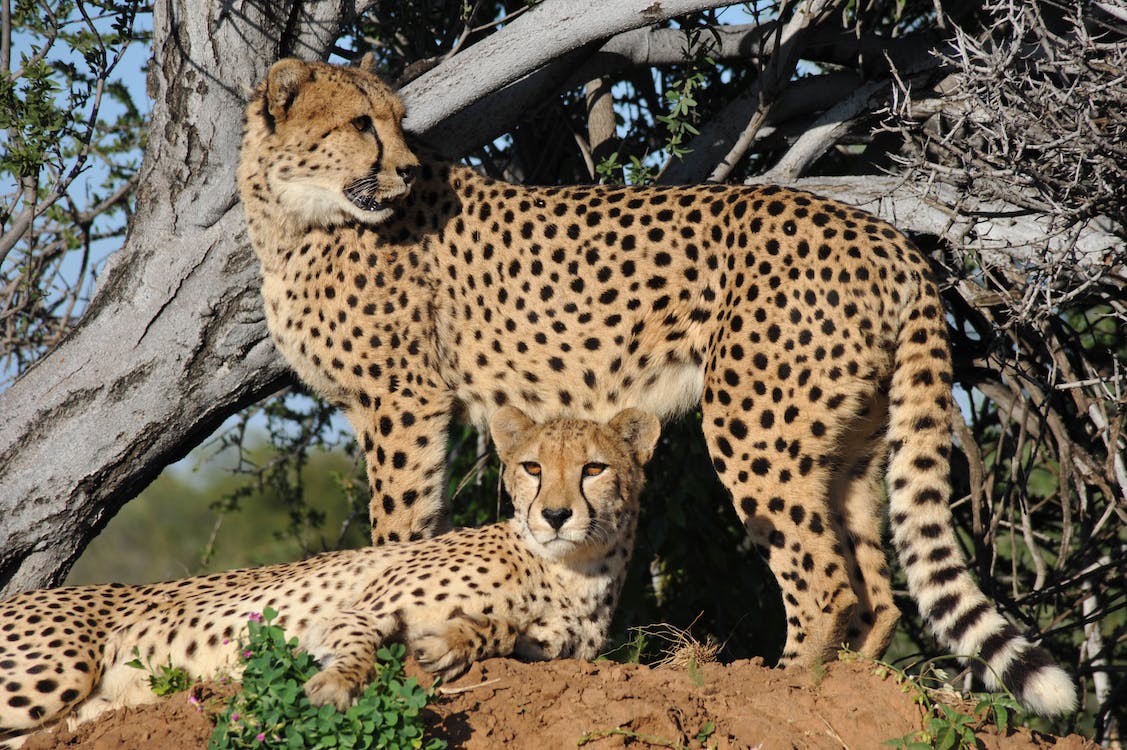Are you ready to embark on a journey that not only allows you to witness incredible wildlife but also promotes ethical and responsible interactions with our animal friends? As a seasoned world traveler who has been fortunate enough to encounter magnificent creatures across the globe, I’ve learned the importance of responsible wildlife tourism. Today, I want to share my personal stories, insights, and practical tips to encourage you to engage with animals in a way that respects their well-being and supports conservation efforts. So, grab your binoculars, and let’s embark on a journey of responsible wildlife tourism!
- Research and Choose Responsible Wildlife Experiences Before planning your wildlife encounters, take the time to research and select responsible wildlife experiences. Look for organizations and sanctuaries that prioritize animal welfare, conservation, and education. These establishments often have strict guidelines in place to ensure the well-being of the animals and provide educational opportunities for visitors to learn about the importance of conservation.
- Say No to Exploitative Activities: Avoid engaging in activities that exploit or harm animals for entertainment purposes. Steer clear of attractions that offer animal performances, rides, or photo opportunities that involve direct contact with wildlife. These activities often involve cruelty and are detrimental to the physical and psychological well-being of the animals.
- Observe from a Distance: When encountering wildlife in their natural habitats, it’s essential to observe from a respectful distance. Keep a safe distance and use binoculars or telephoto lenses to appreciate the animals without intruding on their space. Respecting their boundaries allows them to exhibit natural behaviors without feeling threatened or stressed.
- Support Conservation Projects: Choose wildlife experiences and organizations that contribute to conservation efforts. Many sanctuaries and conservation projects rely on visitor support to fund research, habitat protection, and wildlife rehabilitation. By visiting these establishments, you directly contribute to the welfare and conservation of the animals.
- Be Mindful of Wildlife-Supporting Products: When purchasing souvenirs or products, be mindful of items made from wildlife parts or derived from endangered species. Avoid buying products that contribute to the illegal wildlife trade, such as ivory, animal fur, or products made from endangered plants or animals. By making conscious choices, you help protect wildlife and discourage the exploitation of vulnerable species.
- Educate Yourself and Others: Take the opportunity to learn about the animals you encounter and educate others about the importance of responsible wildlife tourism. Share your experiences, photos, and stories to raise awareness about conservation issues. By spreading knowledge and promoting ethical interactions with animals, you can inspire others to make responsible choices when engaging with wildlife.
- Respect Local Laws and Regulations Every country has specific laws and regulations in place to protect wildlife. Familiarize yourself with these regulations and ensure that your interactions with animals comply with local guidelines. Respect the rules and recommendations provided by authorities and local communities to safeguard the well-being of wildlife.
- Practice Responsible Photograph When photographing wildlife, practice responsible photography by following ethical guidelines. Avoid using flash photography, as it can startle and distress animals. Refrain from getting too close to wildlife for the sake of a perfect shot. Remember, the welfare of the animals should always take precedence over capturing a photograph.
Conclusion
Responsible wildlife tourism allows us to appreciate the beauty and wonder of the animal kingdom while promoting their well-being and conservation. By researching and choosing responsible wildlife experiences, saying no to exploitative activities, observing from a distance, supporting conservation projects, being mindful of wildlife-supporting products, educating ourselves and others, respecting local laws and regulations, and practicing responsible photography, we can make a positive impact on the animals we encounter. Let’s be advocates for ethical interactions with animals and ensure that future generations can also enjoy the incredible wildlife wonders that our planet has to offer. Happy wildlife adventures, my fellow animal enthusiasts, and may your encounters be filled with respect, awe, and a deep appreciation for the creatures that share our world!









